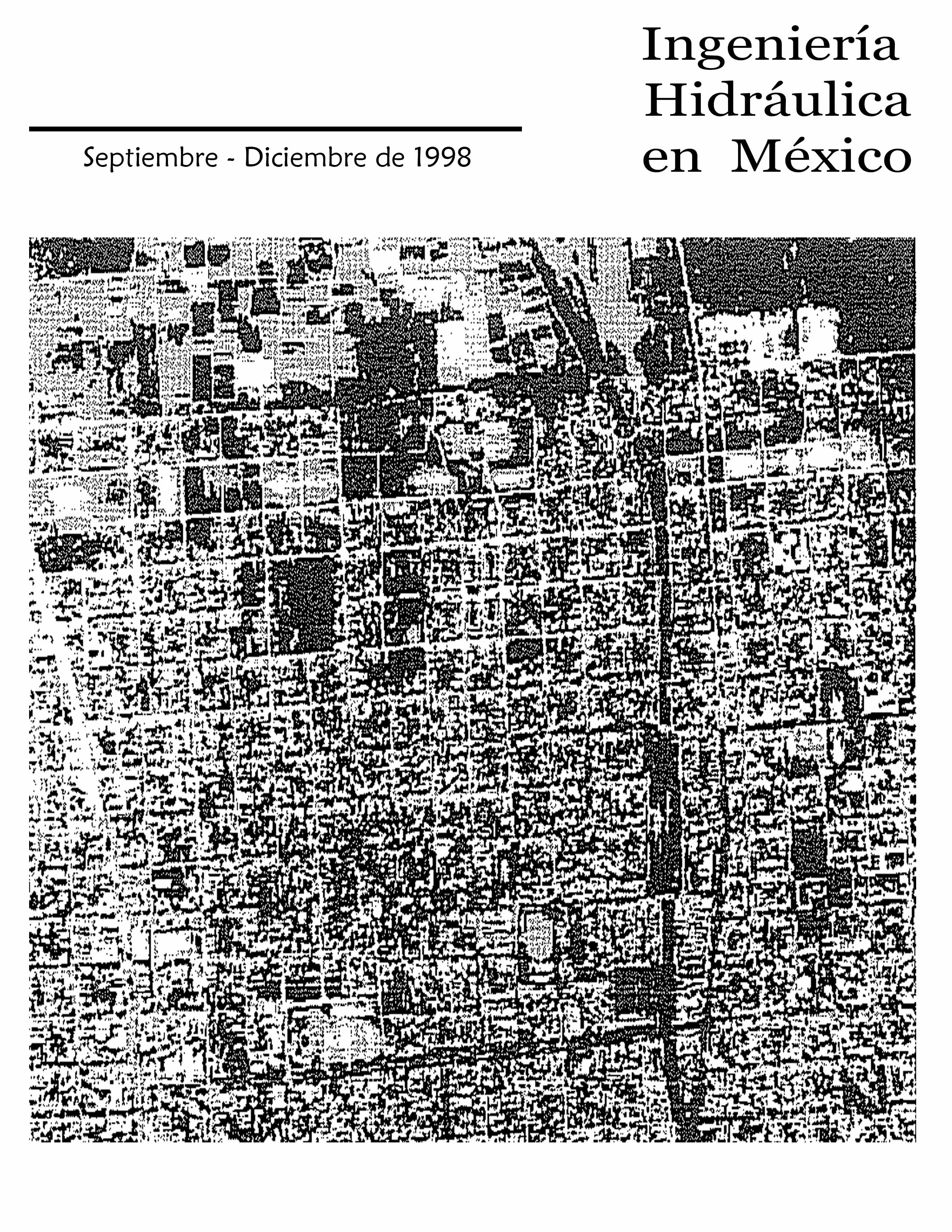Statistical estimate of PMP in San Luis Potosi, México
Keywords:
PMP, return period, isohyet mapsAbstract
Initially the importance of probable maximum precipitation (PMP) as support for the hydrological estimation of probable maximum flood is emphasized, its concept is described and its estimation methods are mentioned too. Then the pluviometric information that was used in this work is detailed. After the fundamental characteristics of the statistic method by David M. Hershfield for PMP estimation are mentioned, as well as of the probabilistic approach or prediction associated to return period of 10,000 years (PTr). The L moment technique to fit the parameters in Gumbel and Generalized Extreme Value distributions is described in detail. In the probabilistic approach the power transformation of data and the Log-Pearson type III distribution are applied. Later the results are contrasted and analyzed, inside the three geographical regions of the San Luis Potosí state: plateau, mild zone and huasteca. Three state maps are presented for: maximum observed daily precipitation, P, and PMP Lastly, several conclusions are formulated about the L moment technique, the contrast between the actual map and the made in this work, both for the same P, and with respect to the PMP proposal map
Downloads
Published
How to Cite
Issue
Section
License
By Instituto Mexicano de Tecnología del Agua is distributed under a Creative Commons Attribution-NonCommercial-ShareAlike 4.0 International License. Based on a work at https://www.revistatyca.org.mx/. Permissions beyond what is covered by this license can be found in Editorial Policy.









